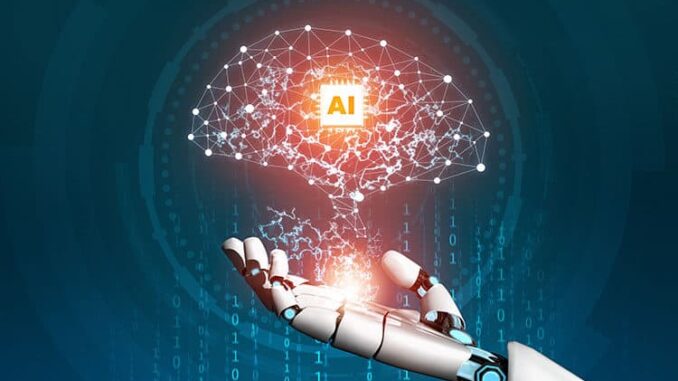
AI systems focused on data analysis and insights have become integral to modern decision-making processes across various industries.
By leveraging advanced algorithms and machine learning techniques, these systems can process vast amounts of data, uncover patterns, and generate actionable insights. Here’s a deeper dive into how AI systems contribute to data analysis and insights:









### Key Components of AI in Data Analysis
1. **Data Collection and Preprocessing**
– **Data Sources:** AI systems can gather data from diverse sources such as databases, social media, IoT devices, and web scraping.
– **Cleaning and Preparation:** Data often needs to be cleaned to remove inconsistencies, duplicates, and irrelevant information. AI tools can automate this process, ensuring that the data set is ready for analysis.
2. **Data Mining**
– AI employs data mining techniques to extract useful information from large datasets. This may include discovering correlations, trends, and patterns that are not immediately obvious.
– Techniques include clustering (grouping similar items), classification (categorizing items into predefined classes), and regression (predicting a continuous outcome based on input variables).
3. **Machine Learning Algorithms**
– Utilization of supervised and unsupervised learning algorithms to analyze data. Machine learning models can learn from historical data to predict future outcomes or to classify data points.
– Common algorithms include decision trees, support vector machines, neural networks, and ensemble methods like random forests.
4. **Natural Language Processing (NLP)**
– For unstructured data, such as text from social media posts or customer reviews, NLP techniques allow AI systems to extract sentiment, key phrases, or themes, enabling deeper insights into customer opinions and trends.
5. **Predictive Analytics**
– AI systems can create predictive models that forecast future events based on historical data. This is widely used in fields like finance (credit scoring, stock price prediction), healthcare (patient outcomes), and retail (demand forecasting).
6. **Real-time Analytics**
– AI enables real-time data analysis, allowing businesses to react almost immediately to changes in data. This is crucial for monitoring social media or market trends where timing is essential.
7. **Visualization**
– AI-driven tools can automatically generate insightful visualizations, such as dashboards, charts, and graphs, making complex data more understandable. This aids in communicating insights effectively to stakeholders.
### Applications of AI in Data Analysis
1. **Marketing Analytics**
– AI analyzes customer data to refine marketing strategies, segment audiences, and personalize campaigns, ultimately improving conversion rates.
2. **Financial Services**
– AI systems assess credit risk, detect fraud, and predict market trends. Financial institutions rely on AI to analyze transaction data for anomalies and guide investment strategies.
3. **Healthcare Analytics**
– In healthcare, AI is used to analyze patient data for treatment effectiveness, predict disease outbreaks, and improve operational efficiencies within healthcare facilities.
4. **Sales Forecasting**
– By analyzing past sales data along with external factors (seasonality, market trends), AI can predict future sales trends, allowing for better inventory management and resource allocation.
5. **Supply Chain Optimization**
– AI evaluates various data points within the supply chain to anticipate demands, optimize routes, and reduce costs, thereby increasing overall efficiency.
6. **Human Resources**
– AI systems analyze employee data to identify patterns related to performance, retention, and recruitment, helping HR make better staffing decisions.
### Challenges and Considerations
While AI-driven data analysis presents numerous benefits, organizations must also be aware of challenges:
– **Data Quality:** The accuracy of insights derived from AI is highly dependent on the quality of the underlying data. Poor quality data can lead to misleading results.
– **Bias in Algorithms:** Algorithms can inadvertently carry biases present in the training data, leading to unfair or incorrect outcomes.
– **Interpretability:** Understanding how AI models generate insights can be complex. This “black box” nature may make it difficult for stakeholders to trust the findings.
– **Privacy Concerns:** Data collection and analysis must adhere to privacy regulations (such as GDPR) to protect sensitive information.
### Conclusion
AI systems for data analysis and insights represent a transformative force in how organizations interpret data and make decisions. By automating complex processes, revealing hidden patterns, and enabling predictive capabilities, these systems empower businesses to optimize their operations, enhance customer experiences, and drive strategic growth. As the technology continues to evolve, ongoing advancements will further enhance the potential of AI in this domain, while addressing ethical and practical challenges.


Leave a Reply